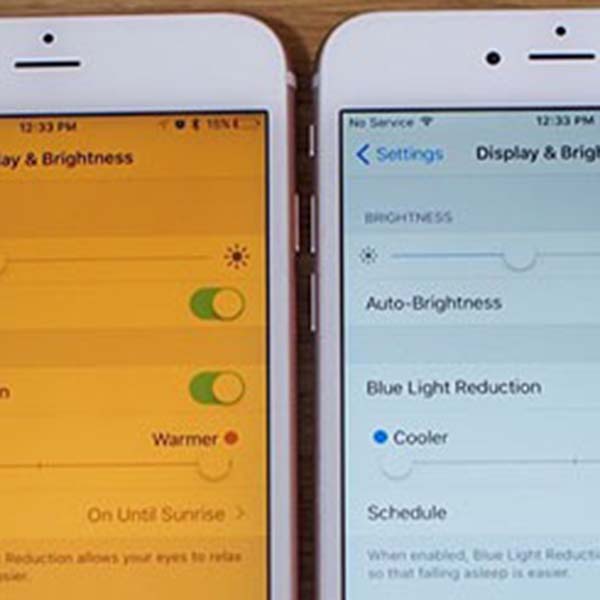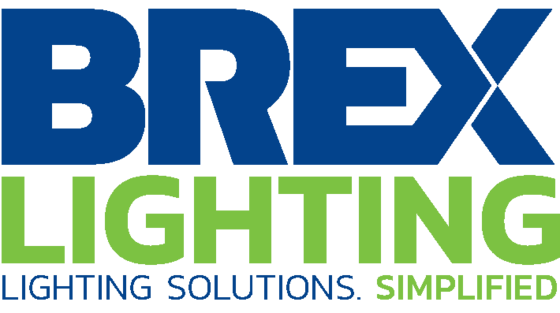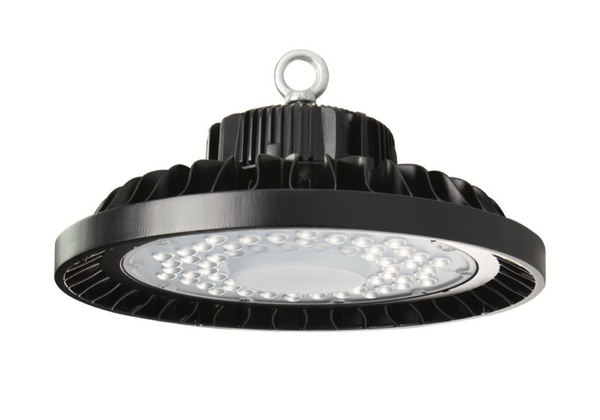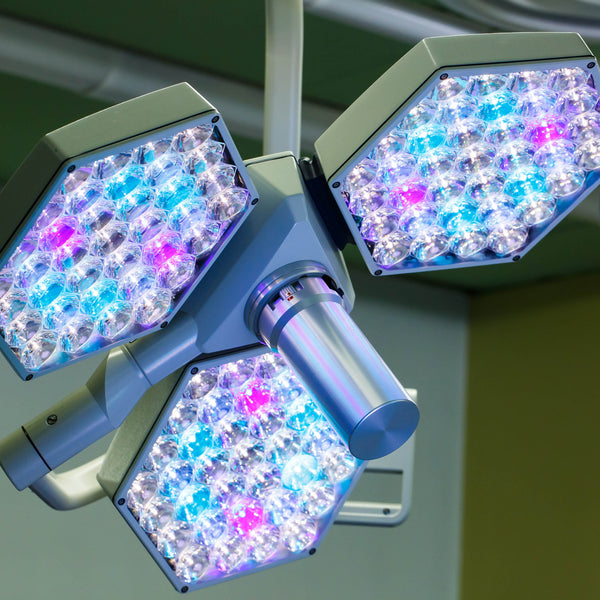How LED Lighting Is Changing Our World

September 8, 2017
The human eye was thought to be made mostly of two components: cones and rods. They work together to capture light and create the visual world you see. A third component, ipRGC, was recently found. It’s in charge of our circadian rhythm, our “body clock,” and reacts to blue light.
Here are five ways ipRGC affects you and your building users every day.
#1 Electronic Lighting
This is the most dominant kind of lighting in our lives. It ranges from light fixtures in your building to cell phones and computer screens. The Apple iPhone’s newest software (iOS 9.3 or newer) allows you to enter your phone into Night Shift Mode. This changes the screen’s color saturation from a bright blue to a soft warm light, allowing your ipRGC receptors to properly adjust to the screen at bedtime. This prepares your body for sleep and allows your body to remain in a healthier long-term sleep pattern.
What’s this mean for you?
Lighting designers need to limit any lighting that may have harmful biological effects on people. Consider what time of day your clients use spaces and design the temperature of the lighting to fit their needs.
#2 Tunable White Lighting
You experience tunable white light daily as the sun moves from a warm sunrise, to a glaring cool blue midday sun, and back down for a warm sunset. Your sleep cycles are deeply dependent on this perception of white light throughout the day, but as daily routines have moved indoors, artificial lighting has not provide this same natural gradient—until now.
What’s this mean for you?
The connection between light color and circadian rhythm was only discovered within the past five years. All this information is very new and constantly evolving, which means it is important that your lighting designers keep close tabs on the science of electronic lighting and its biological affects on humans. The more designers understand what researchers know, the better they can help you figure out what type of tunable lighting is best for you and your users.
#3 Lighting Levels and Aging Eyes
The human eye needs different amounts of light for different types of tasks. A table where you put together a puzzle needs more task lighting than a table where you eat a pizza. Engineers use a unit called foot candles to measure the amount of lighting your eyes need for different activities.
A typical work plane requires at least 40 foot candles for comfortably completing tasks. This measure assumes that the person completing the task is between the ages of 25 and 65. Someone younger will perceive that light as twice as bright (80 foot candles), and someone older would perceive that light as half as bright (20 foot candles).
What’s this mean for you?
If you’re creating a space for elementary-age students, use a light fixture that delivers 20 foot candles. If it’s a space for senior living, use an 80 foot candle fixture. Make sure your electrical engineer or lighting designer know who will be using your spaces most often, so they can create a lighting design that best fits your unique needs.
#4 Taking a Temperature
New technology requires new means of testing. Effective product testing provides sufficient evidence to ensure that you receive exactly what you paid for. TM-30 is the new standard for testing the complex characteristics of LED fixtures.
TM-30 testing is extremely important in markets like healthcare where LED fixtures need to deliver an accurate color temperature for patient safety. Try finding a vein on a patient’s arm when the light washes out all blue color hues. Imagine how high the stakes are for surgical environments! Make sure your lighting designer knows the limitations of traditional methods of testing, so you get the product and performance you want.
# 5 Horizontal, Vertical, and Ambient Light Levels
Generic lighting design only considers horizontal surface light levels, but a good lighting designer incorporates vertical surfaces (like using track lighting to illuminate on a wall) to make a space feel brighter than it really is. Achieving good ambient light makes a space feel personal—think of the soft light in fine dining restaurants.
What’s this mean for you?
Make sure your designer considers more than task lighting on horizontal surfaces. If it’s more important to see someone’s face than it is to see a document on a desk, ambient lighting is the most important.
But really, what should I take from all of this?
Lighting is always evolving. New technology makes your building healthier, more sustainable, and more human by responding to the natural biology of everyone that uses your space. It’s important to make sure the lighting designers you work with consider the evolution of LED lighting and the effects it has on your employees, your buildings, your health, and your life. Next time you work with your electrical engineers, ask what they think about any of these five topics. If they aren’t up to speed, maybe you should look for a brighter solution!
Article By: Ethan Eichhorn
Associate, Graduate Electrical Engineer



